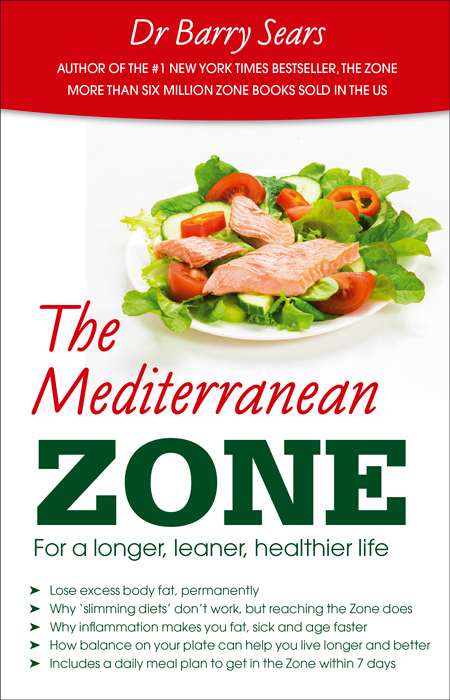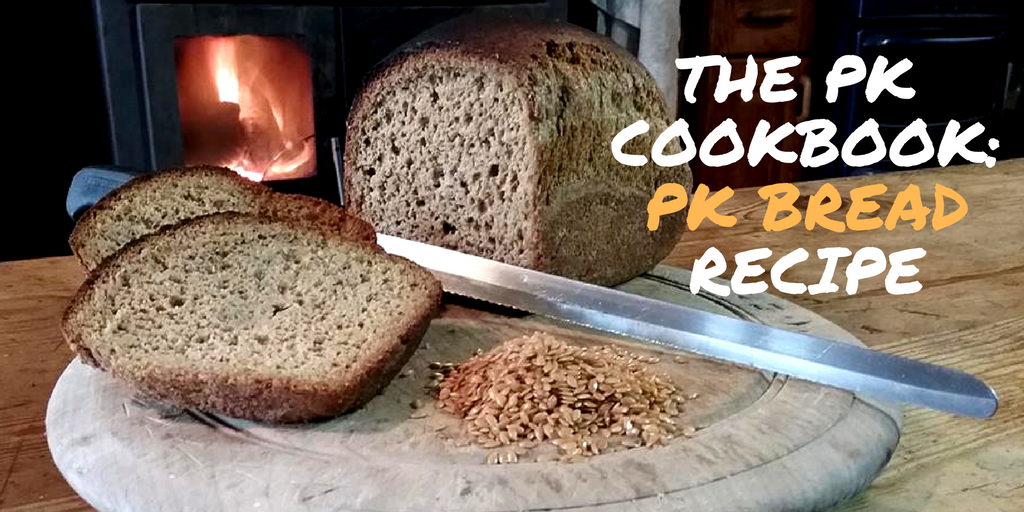
The single biggest reason for lapsing from the PK diet (Paleo-ketogenic) is the absence of bread. To secure the diet for life you must first make PK bread. I have searched and nothing is currently available commercially which passes muster. Loaves will become available as demand builds, but in the meantime you have to make your own bread. If you do not have the energy to do this yourself but have any friends or family offering to help you, then top of the list must be, ‘Please make my daily bread’. PK bread consists of just linseed, sunshine salt (see Chapter 13, page 93) and water. Americans, and others, may be more familiar with linseed being referred to as flax or flaxseed or common flax. There is technically a subtle difference – flax is grown as a fibre plant that is used for linen. Linseed is grown for its seed. The flax plant is taller than linseed and is ‘pulled’ by hand, or nowadays by machine.
How to make a PK bread loaf in five minutes
Please forgive the tiresome detail, but you must succeed with your first loaf because then you will be encouraged to carry on. I can now put this recipe together in five minutes (proper minutes that is – not the ‘and this is what I did earlier’ TV version). I have spent the last six months making a loaf almost every morning – there have been many revisions and the version below is the current recipe which I think is perfect!
Equipment needed:
- Cooking oven that gets to at least 220 degrees Centigrade
- Weighing scales
- Nutribullet (or similarly effective grinding machine – do not attempt to do this with a pestle and mortar; I know – I have tried and failed)
- Mixing bowl
- A 500 gram (or one pound in weight) loaf baking tin
- Measuring jug
- Cup in which to weigh the linseed
- Wooden spoon
- Wire rack for cooling
- Paper towels
Ingredients needed:
- 250 grams of whole linseed (use dark or golden linseed grains)
- One teaspoon of sunshine salt (can be purchased from www.sales@drmyhill.co.uk) or unrefined sea salt
- Dollop of coconut oil or lard
| Actions | Notes |
| Take 250 grams of whole linseed | You could purchase linseed in 250 gram packs and that saves weighing it. Use dark or golden linseed grains – the golden grains produce a brown loaf, the dark a black one.Do not use commercially ground linseed – the grinding is not fine enough, also it will have absorbed some water already and this stops it sticking together in the recipe.If you purchase linseed in bulk then you must weigh it really accurately in order to get the proportion of water spot on. |
| No raising agent is required. | |
| Pour half the linseed into the Nutribullet/grinder together with one rounded teaspoon of PK ‘Sunshine’ salt (see page 93). Grind into a fine flour. |
Use the flat blade to get the finest flour.Grind until the machine starts to groan and sweat with the effort! You need a really fine flour to make a good loaf. This takes about 30 seconds.The finer you can grind the flour the better it sticks together and the better the loaf.I do this in two batches of 125 grams or the blades ‘hollow out’ the mix so that half does not circulate and grind fully. |
| Pour the ground flour into a mixing bowl. | |
| Repeat the above with the second half of the seeds and add to the mixing bowl. | Whilst this is grinding, measure the water you need. |
| Add in exactly 270 ml water (not a typo – 270 it is). Chuck it all in at once; do not dribble it in.Stir it with a wooden spoon and keep stirring. It will thicken over the course of 30 seconds.Keep stirring until it becomes sticky and holds together in a lump. | The amount of water is critical. When it comes to cooking, I am a natural chucker in of ingredients and hope for the best. But in this case, you must measure.Initially it will look as if you have added far too much water, but keep stirring. |
| Use your fingers to scoop up a dollop of coconut oil or lard. Use this to grease the baking tin. | Your hands will be covered in fat which means you can pick up your sticky dough without it sticking to your hands |
| Use your hands to shape the dough until it has a smooth surface. Drop it into the greased baking tin |
Spend about 30 seconds doing this. Do not be tempted to knead or fold the loaf or you introduce layers of fat which stop it sticking to itself. This helps prevent the loaf cracking as it rises and cooks (although I have to say it does not matter two hoots if it does. It just looks more professional if it does not!) |
| Let the loaf ‘rest’ for a few minutes | …so it fully absorbs all the water and becomes an integral whole. This is not critical but allows enough time to… |
| …rub any excess fat into your skin, where it will be absorbed | There is no need to wash your hands after doing this – the basis for most hand creams is coconut oil or lard. (Yes, lard. It amuses me that rendered animal fat is a major export from our local knacker man to the cosmetic industry.) |
| Put the loaf into the hot oven – at least 220°C (430°F) – for 60 minutes | Set a timer or you will forget – I always do!I do not think the temperature is too critical – but it must be hot enough to turn the water in the loaf into steam because this is what raises it. I cook on a wood-fired stove and the oven temperature is tricky to be precise with. That does not seem to matter so long as it is really hot. Indeed, I like the flavour of a slightly scorched crust. |
| Wipe out the mixing bowl with a paper towel. | This cleaning method is quick and easy. The slightly greasy surface which remains will be ideal for the next loaf. The point here is that fat cannot be fermented by bacteria or yeast and does not need washing off mixing and cooking utensils. My frying pan has not been washed for over 60 years. I know this because my mother never washed it either. |
| When the timer goes off, take the loaf out of the oven, tip it out and allow it to cool on a wire rack. Once cool keep it in a plastic bag in the fridge. |
It lasts a week kept like this and freezes well too.It is best used sliced thinly with a narrow-bladed serrated knife. |
Fry your freshly made PK bread in coconut oil or lard and add the following for a delicious PK breakfast;
- 2-3 boiled eggs
- Smoked fish, tinned fish, tinned cod’s roe
- Paté or rillette
- Nut butter
- Vegan cheese (check the carb content of this) and tomato
- Coyo yoghurt
This blog was taken from Sarah Myhill and Craig Robinson’s new book The PK Cookbook

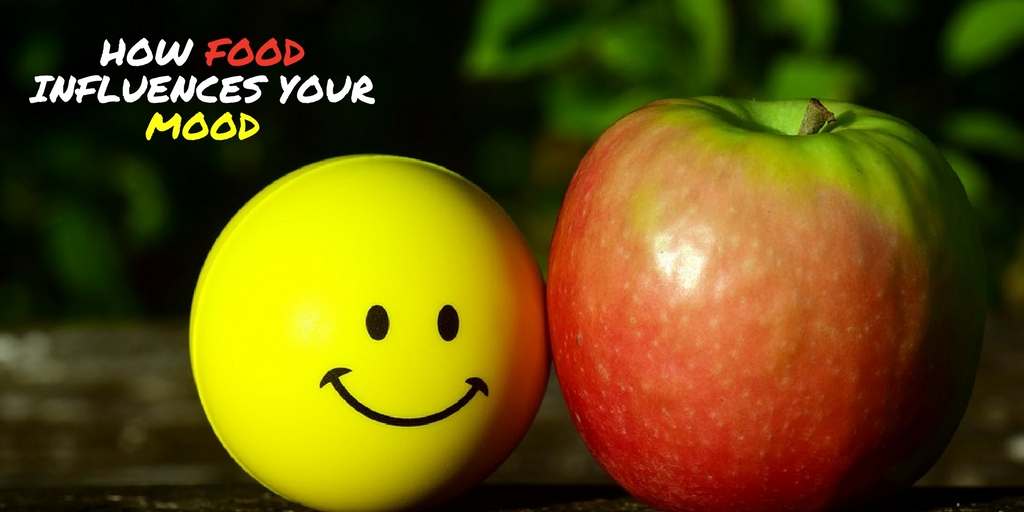
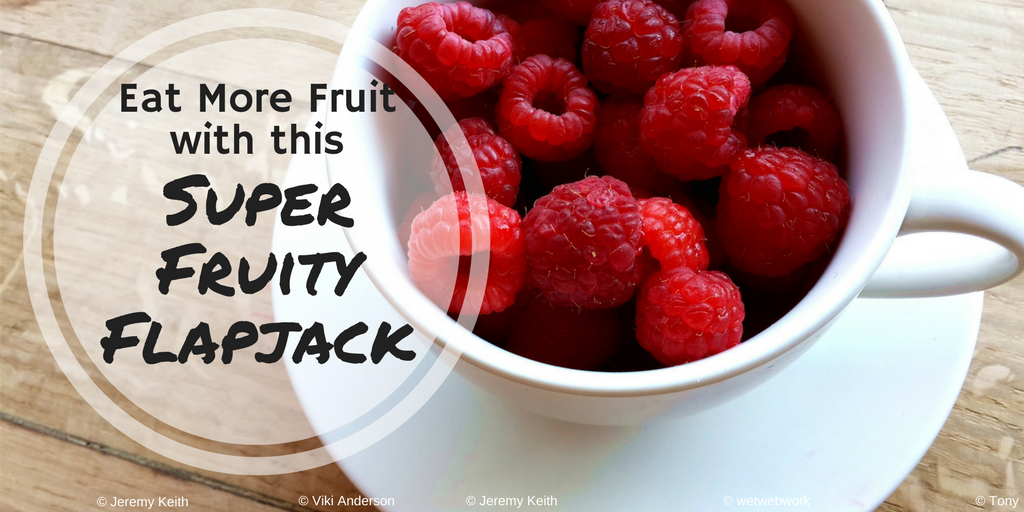
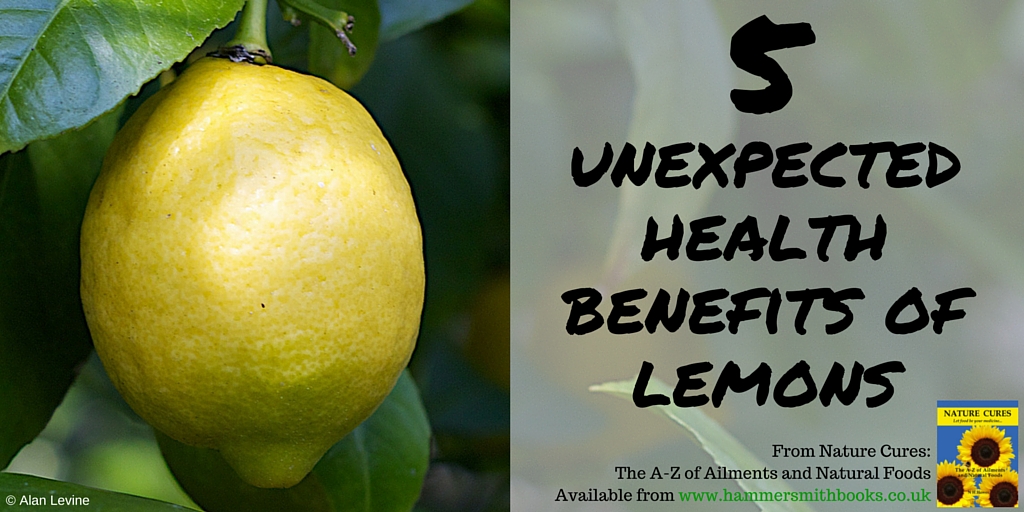
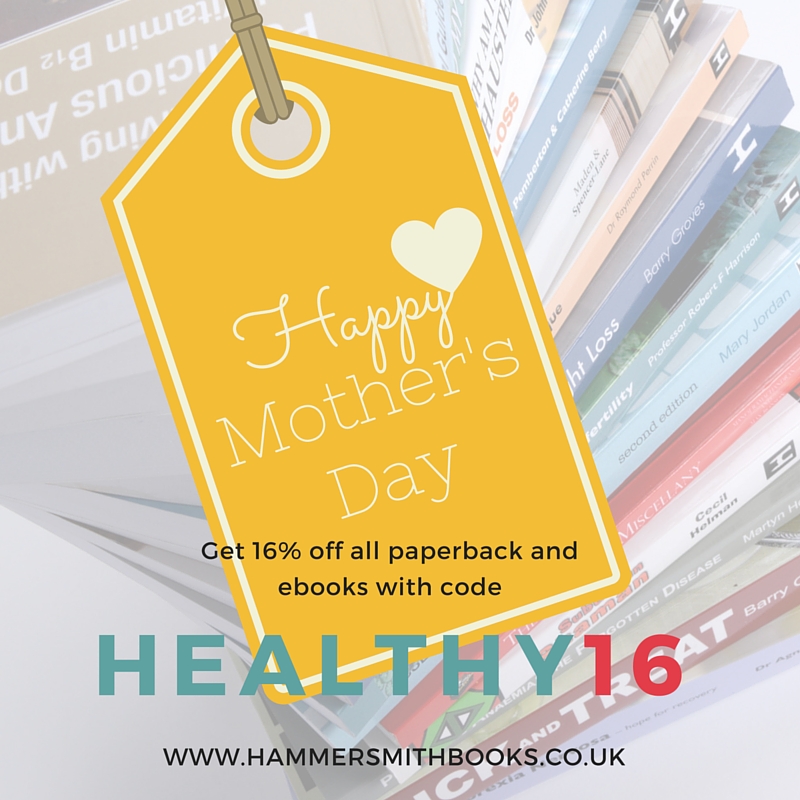
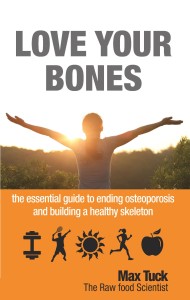

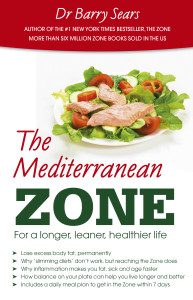

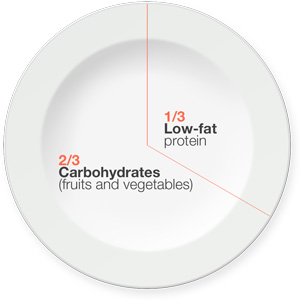

 Crudites; colorful peppers, celery, broccoli, cauliflower and cherry tomatoes, served with a dip of plain yogurt with garlic powder, lemon juice, salt, pepper and herbs mixed in.
Crudites; colorful peppers, celery, broccoli, cauliflower and cherry tomatoes, served with a dip of plain yogurt with garlic powder, lemon juice, salt, pepper and herbs mixed in.
 Makes 8, 1-block servings of balanced protein, carbohydrate and fat. Serve warm or cold.
Makes 8, 1-block servings of balanced protein, carbohydrate and fat. Serve warm or cold.